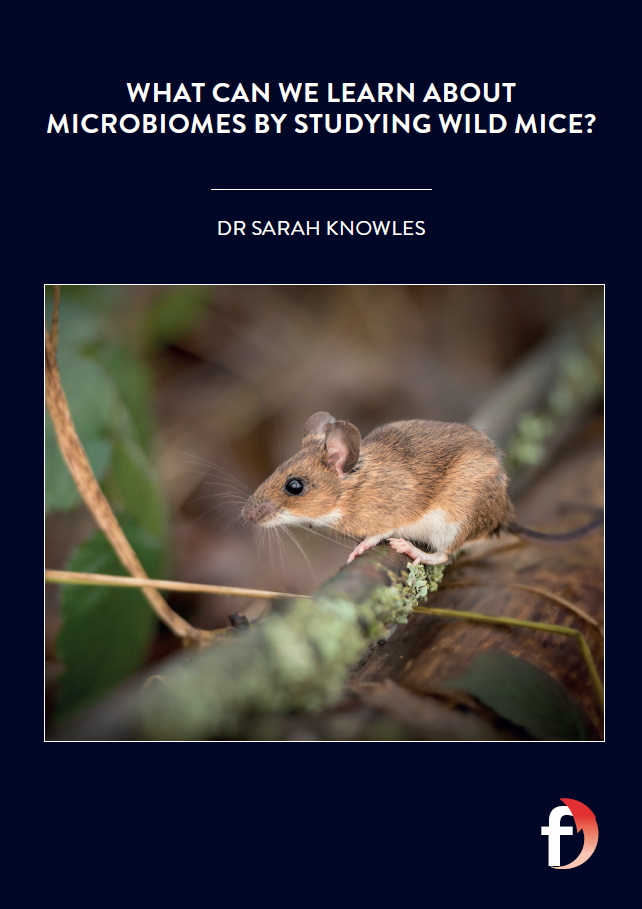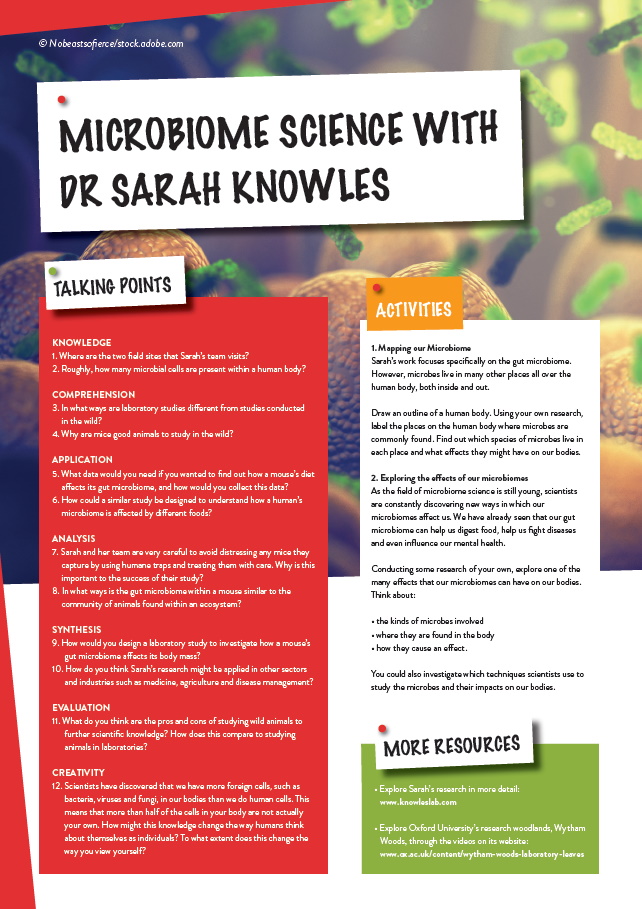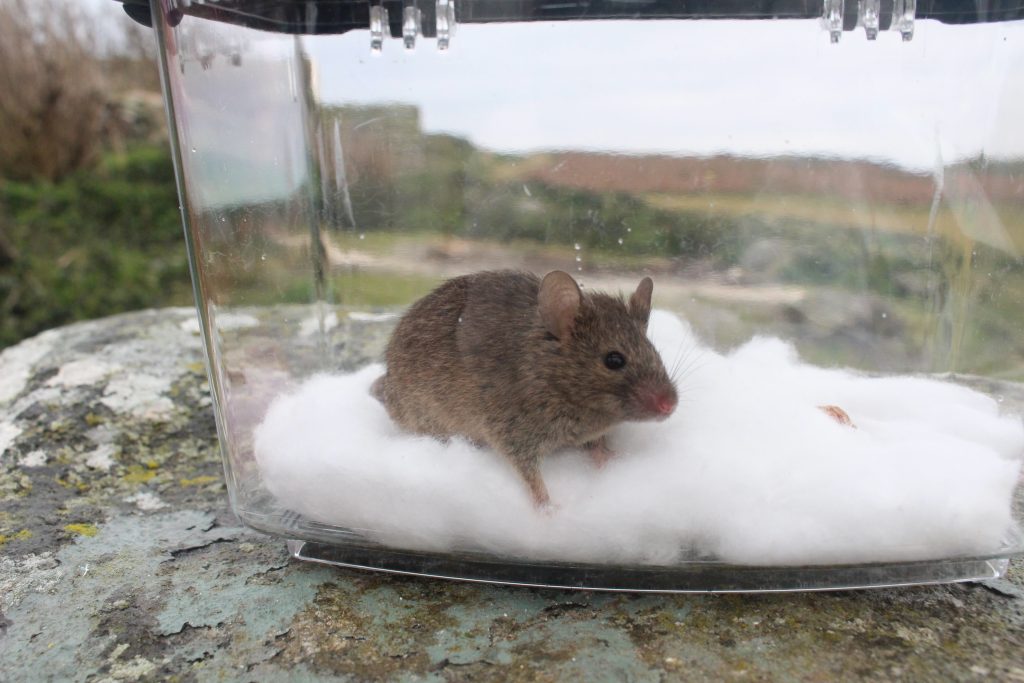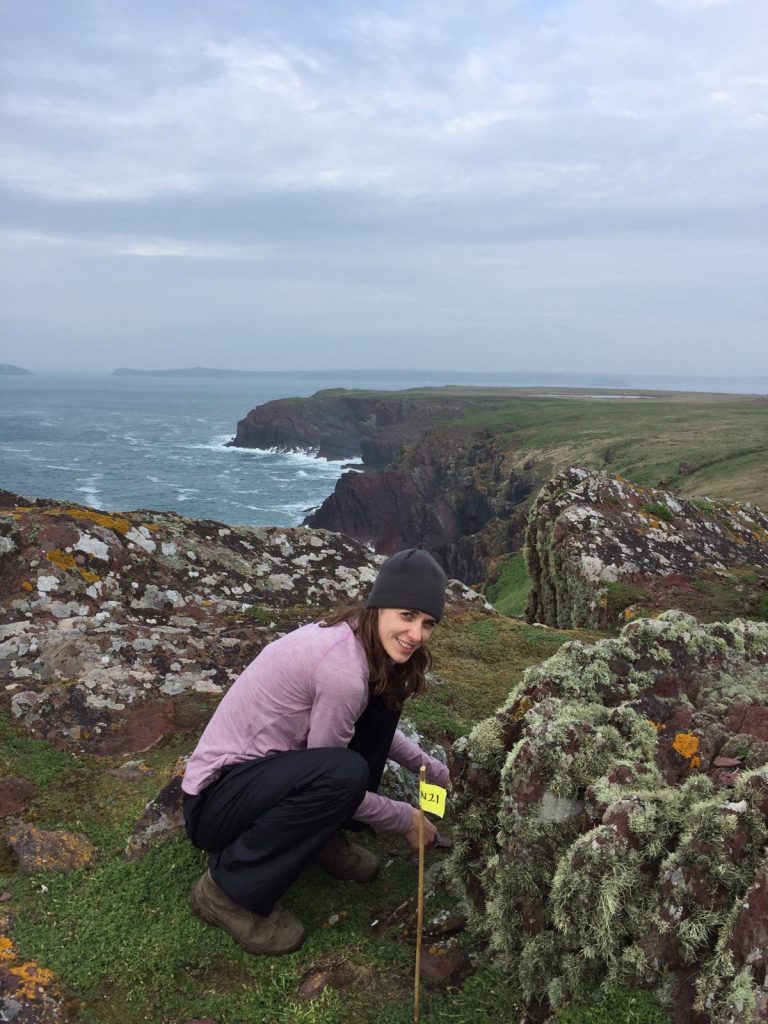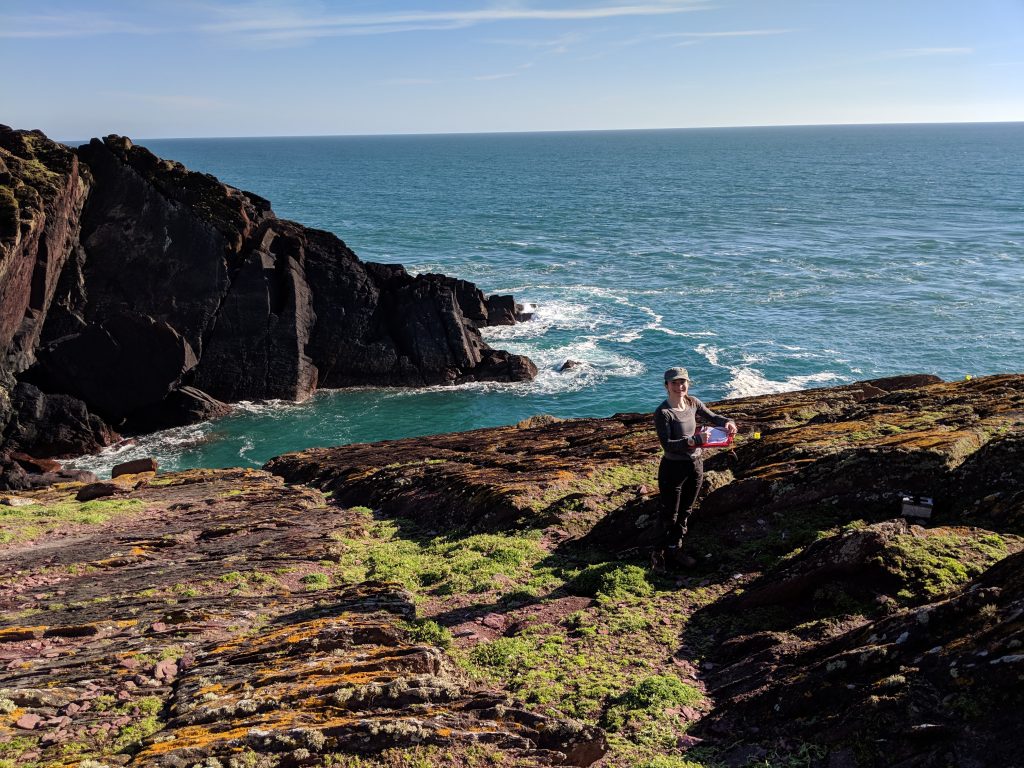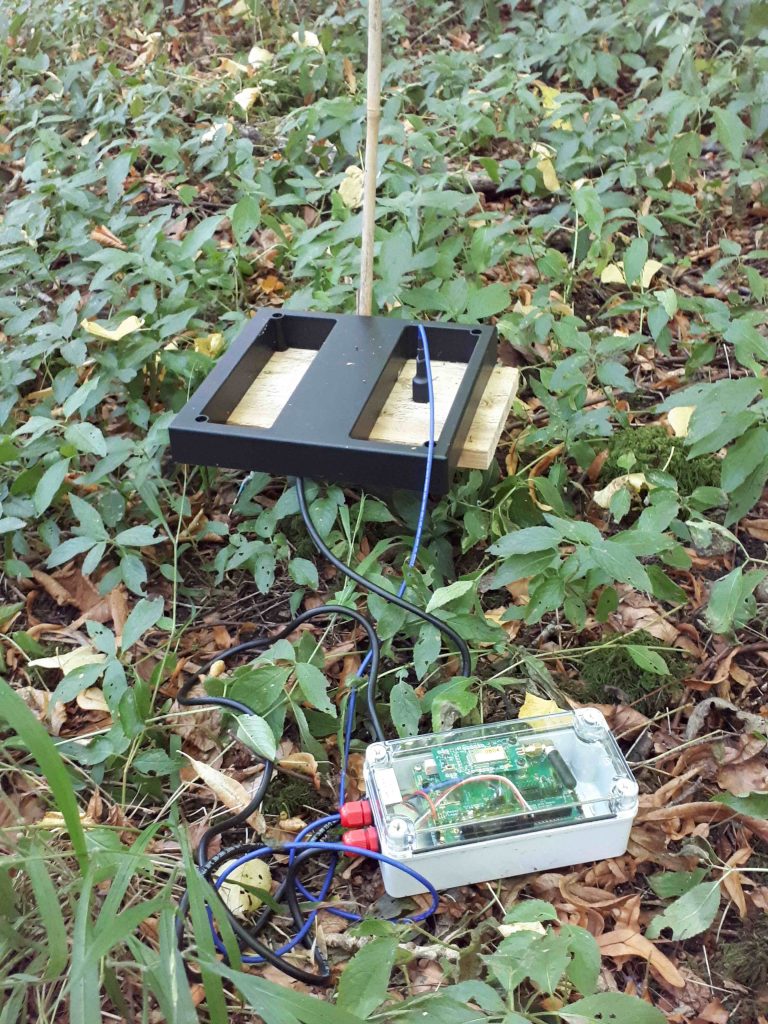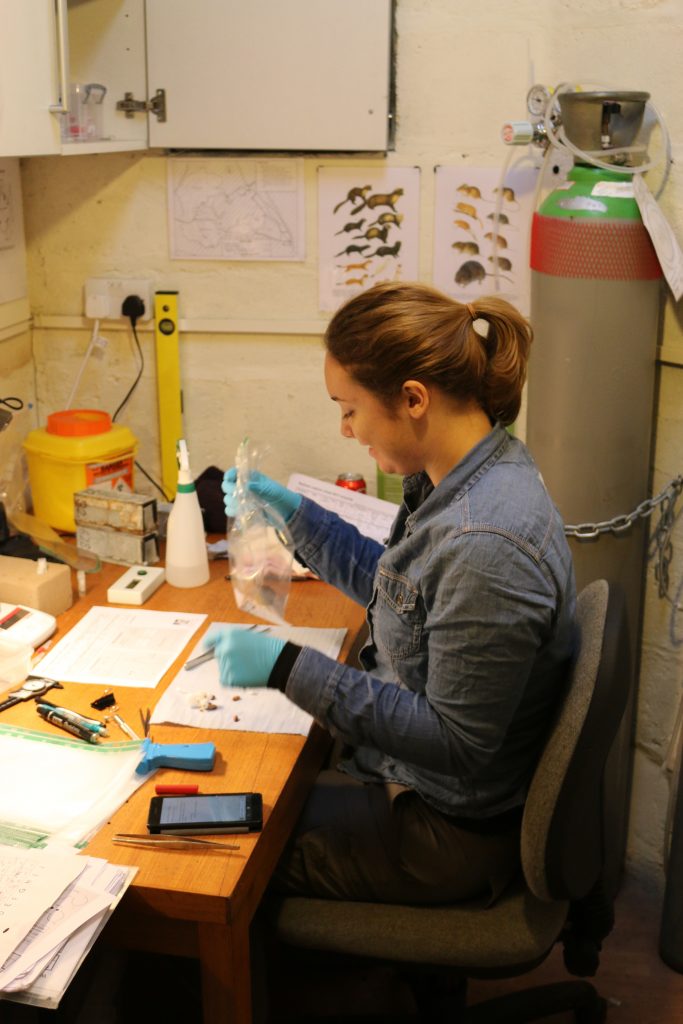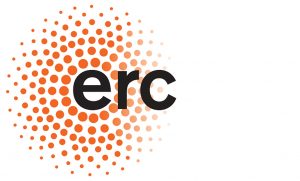What can we learn about microbiomes by studying wild mice?
Within every one of us, there lives a thriving community of microscopic life, known as our microbiome. Like most other vertebrates, we rely on our microbiomes to help us maintain key biological processes, such as digestion and immunity. Despite their importance, there is still a lot that we do not know about microbiomes and how they impact the health of their hosts. Dr Sarah Knowles, from the University of Oxford in the UK, aims to change this by studying the microbiomes of wild mice
TALK LIKE A MICROBIOME SCIENTIST
MICROBIOME — the microscopic life that lives in or on another organism, including bacteria, archaea and protists
ARCHAEA — single-celled organisms that do not have a nucleus, but are distinct from bacteria
DNA SEQUENCING — the process of determining the order of nucleotides in a strand of DNA. This method can be used to identify which microbes are present in a sample
FAECAL MICROBIOME TRANSPLANT — an experimental technique that allows a microbiome to be transferred from one individual to another
LIVE TRAPPING — a technique used to temporarily capture wild animals designed not to harm them, that allows scientists to sample and measure them
PROTISTS — single-celled organisms that have a nucleus, such as algae
We humans often pride ourselves on our independence and self-reliance. We strive to navigate the trials and tribulations of life as resilient individuals – if we are lucky, receiving help and support from family and friends in times of need. But there is, in fact, something that is always with us, that helps to keep us functioning as we should, even though we rarely think of it – our microbiome! At this very moment, your body is home to roughly 38 trillion cells that do not belong to you, and only 30 trillion cells that do. These 38 trillion ‘foreign’ cells make up your microbiome – a collection of microscopic organisms that play an important role in keeping you alive and healthy.
Much of our microbiome is found within our guts. Hundreds of species of bacteria live in our intestines, alongside a menagerie of viruses, fungi, protists and archaea. The microorganisms that make their homes in our intestines perform a range of different roles that help keep us healthy. They help us digest food, some play a role in regulating our immune system, and may even influence our moods by producing serotonin, which has antidepressant properties.
Research into microbiomes has exploded over the last couple of decades. However, most microbiome studies so far have focused on humans or animals in labs. Dr Sarah Knowles, of the Department of Biology at the University of Oxford, believes that more research should be conducted on wild animals. She says, “My view is that if we want to gain a deep understanding of how microbes affect animals, we need to study microbiomes across as broad a range of animals as possible, and in wild settings, not just in the lab.”
WHY IS IT IMPORTANT TO STUDY MICROBIOMES IN WILD ANIMALS?
The ways in which an animal behaves and interacts with its environment can have an impact on its microbiome and how this influences its health. Laboratory settings are, by definition, controlled and artificial. Therefore, any studies conducted under these conditions may have limited relevance to animals in the real world. Lab animals are not exposed to the same microbes that wild animals are, and the ways in which this exposure happens can be very different. In lab studies, animals are also not free to behave as they normally would and are kept secure and well-fed by humans. On the other hand, wild animals are subject to the forces of natural selection and must fend for themselves.
Mice, for example, behave very differently in the wild than they do when confined to laboratories. In the wild, they spend much of their time foraging for food, are constantly on the look-out for danger, and need to find a mate to reproduce. In labs, all their food is provided, they are safe from natural predators, and can only reproduce when humans allow.
WHAT MAKES MICE SUCH IDEAL SUBJECTS FOR SARAH’S WORK?
Mice make great test subjects because they are common, easy to find in large numbers and relatively comfortable being handled by humans. A lot of Sarah’s work involves marking individual wild mice so that they can be monitored in their natural habitat throughout their lives. Mice rarely travel very far, and they will often return to live traps, which means that Sarah’s team can study the same individuals and their microbiomes repeatedly over time. “This is important as their microbiomes are not static but constantly changing, in ways that could alter their effects,” she explains.
Another advantage of studying wild mice is that mice have been studied extensively in lab settings. This means that there is already a wealth of literature and research techniques for mice and their microbiomes that Sarah can use to inform her own studies. “This makes the research I do more insightful and powerful than it might be if I focused on a more obscure species,” explains Sarah.
WHAT RESEARCH TECHNIQUES DOES SARAH USE?
Sarah’s research involves a lot of fieldwork, with teams of two to six researchers setting out into the wild to sample mice. Some fieldwork is conducted locally in Oxford University’s research woodland, Wytham Woods, although sometimes the team also travels further afield. One current study is being conducted on the remote island of Skokholm, off the coast of Wales in the UK, where small teams of researchers stay for several weeks at a time. “It involves a lot of early mornings and hard work, but it is also great fun and wonderful to be in the great outdoors; there’s great team spirit and camaraderie on fieldwork,” Sarah explains.
Sarah often uses a technique known as ‘capture-mark-recapture’ when conducting fieldwork. This involves catching mice in live traps, marking them and then releasing them back into the wild so that they can be caught again at a later date. Sarah’s team sprays a little sesame oil outside the trap door to attract the mice and, when the mice are captured, the team takes measurements and collects data on characteristics such as their weight, sex and age. The team also collects a faecal sample.
Back in the lab, Sarah’s team makes use of molecular biology to analyse the samples. The researchers extract DNA from each faecal sample and sequence it to get a profile of the mouse’s entire community of microbes. “That gives us a window into which microbes are present within the gut, and in what numbers,” says Sarah. The team then uses statistical tests to analyse this microbiome data alongside information about the mice themselves, to answer questions about what affects the microbiome and how.
WHAT FACTORS CAN AFFECT A MOUSE’S GUT MICROBIOME?
When mice come into contact with each other, they often exchange microbes. Therefore, the social networks they form have a big impact on the composition of their gut microbiome. Sarah and her team study the influence of social contact by tracking mice with passive integrated transponder (PIT) tags. Sarah explains, “These are the same sort of tag some people use to identify their pet cats and dogs, only much smaller.” Comparing the patterns of social contact among mice with their microbiome profiles has taught Sarah a lot about how microbes are exchanged in wild settings.
Diet can also influence a mouse’s microbiome. Although it is hard to observe what mice eat, as they are nocturnal and like to stay hidden, Sarah’s team can analyse the faecal samples to get an idea of what each mouse has been eating. The researchers can then compare each mouse’s diet to their microbiome profile to understand how diet shapes this important microbial community.
WHAT FINDINGS HAS SARAH MADE?
“One key thing we’ve learnt, so far,” says Sarah, “is that each wild mouse’s microbiome is rather unique – a bit like a fingerprint. The microbiomes are highly responsive to each mouse’s external environment. A mouse’s microbiome is influenced by the other mice they encounter, including their mother in early life and social contacts, and by what they eat. For example, the microbiome of wild mice changes with the seasons as different food sources become available.”
Reference
https://doi.org/10.33424/FUTURUM289
PhD student Kirsty processing mice on fieldwork at Wytham Woods
© Unless stated otherwise, all photos by Sarah Knowles
WHAT DOES SARAH PLAN TO DO NEXT?
Sarah aims to understand the significance of natural variation in the microbiome – how it affects physiology and the ability of mice to survive and reproduce. Sarah plans to carry out experiments involving faecal microbiome transplants to see how different microbiomes affect processes such as thermoregulation (how animals regulate their body temperature), weight gain and behaviour. Understanding the influence that microbiome variation has on wild mice may yield insights into how we humans are affected by our microbial companions. Sarah’s work, along with other research in the field of microbiome science, has the potential to influence important sectors such as medicine, agriculture and conservation.
 DR SARAH KNOWLES
DR SARAH KNOWLES
Department of Biology, Oxford University, UK
FIELD OF RESEARCH: Biology, Microbiome Science
RESEARCH PROJECT: Studying the gut microbiomes of wild mice to understand how they impact physiology and behaviour
FUNDERS: Natural Environment Research Council (NERC), part of UK Research and Innovation (UKRI), European Research Council (ERC)
This article was funded by an NERC independent Research Fellowship (NE/L011867/1)
ABOUT MICROBIOME SCIENCE
Like mice, humans have a microbiome that plays an important role in many biological processes. In fact, all vertebrates, like birds and reptiles, rely on the communities of microbes that live within their guts to keep them healthy. Despite their importance, microbiomes can vary dramatically between animals in the same population. The microbiome of an individual can also change significantly depending on factors such as what they eat, which other animals they come into contact with, and as they age.
Microbiome science is dedicated to understanding how and why this variation occurs and what effects it might have on animal health and behaviour. Sarah runs her own lab and is guided by this overarching question to formulate research which she carries out alongside her team.
WHAT ARE THE REWARDS AND CHALLENGES OF LEADING YOUR OWN LAB?
“Running a lab is hugely rewarding in that you have intellectual freedom to pursue questions that spark your curiosity,” says Sarah. “You never stop learning, and your job is very dynamic – every new project takes you in new directions, learning new skills and thinking about new problems.” Sarah also gets to mentor people who share her passions and interests, which she says is “a huge privilege”.
However, running a lab is not without its challenges; Sarah likens it to running a small business. “You have to bring in funding to pay the salaries of people in your group and fund the research. You need to work hard and juggle many different responsibilities around research, teaching and contributing to the wider scientific community. But, for me, it’s worth it!”
WHAT MAKES MICROBIOME SCIENCE SUCH AN EXCITING FIELD?
Microbiome science is a young field, and our knowledge about these microbial communities is constantly developing and evolving. The field really took off when new DNA sequencing methods became available, which was around the same time that Sarah finished her PhD. “Since then, discoveries have been coming thick and fast. So much so that it can be hard to keep up!” says Sarah. New findings are emerging all the time, and microbiome science is unearthing new ways in which microbes influence a wide range of biological processes. “It is also very interdisciplinary, which makes it fun and exciting, and means you get to collaborate with people with diverse skills and perspectives,” Sarah explains.
EXPLORE CAREERS IN MICROBIOME SCIENCE
• There is still so much that we do not understand about microbes, so there will be lots of work for the next generation of microbiome scientists. Sarah expects there will also be lots of opportunities in industry as start-ups and big companies look to tackle problems like disease management and food security.
• The Department of Biology at the University of Oxford offers a range of outreach activities including the Curiosity Carnival and annual UNIQ spring and summer schools for sixth form students.
• The Royal Society for Biology has lots of useful resources for anyone interested in pursuing a career in biology.
• Sarah also recommends the British Ecological Society, which has many interesting events, including a summer school for 16–18-year-olds.
• Sarah recommends studying biology, chemistry and maths at A-level. Other subjects such as physics and psychology can also be useful, depending on what your specific interests are.
• Taking part in summer school programmes, like those mentioned on this page, can help strengthen your university applications.
• University courses in biological subjects range from general (e.g., biology), to specific (e.g., genetics). It is important to take the time to consider your options carefully. Sarah studied biological sciences for her undergraduate degree, and this provided her with a solid and broad foundation from which she was able to specialise.
HOW DID SARAH BECOME A MICROBIOME SCIENTIST?
WHERE DOES YOUR LOVE OF BIOLOGY AND ECOLOGY STEM FROM?
I have always loved the natural world and wanted to know more about it. As a kid, I spent hours trying to identify creatures in rock pools and watching nature documentaries. At secondary school, I developed a particular fascination with infectious organisms and evolutionary biology, having been captivated by Richard Dawkins’ book The Selfish Gene. From there, I was hooked. My family had some influence too, as my parents are both biologists, albeit in somewhat different fields (pharma and cancer research). Conversations at the dinner table definitely sparked my curiosity.
WHO OR WHAT INSPIRED YOU TO BECOME A SCIENTIST?
When I was younger, I simply loved the subject of biology, so I pursued it at university. Then, during and after my degree, I found that I also loved the actual process of carrying out scientific research, which set me on an academic career path. I’ve been inspired by many people during my journey through science so far, but my decision to become a scientist evolved gradually, rather than being a lightbulb moment or fervent ambition from a young age.
HOW DO YOU SWITCH OFF FROM YOUR WORK?
Spending time with my kids always puts things into perspective and gives me plenty of giggles to switch off from a day’s work. I also love exploring the countryside, and make sure I have proper holidays, without a laptop or emails. These help me top-up my energy, curiosity and creativity.
WHAT ARE YOU AIMS FOR THE FUTURE?
I just want to do good science and contribute discoveries that move the field forward.
SARAH’S TOP TIPS
1. Follow your curiosity and interests.
2. There is no one type of person that can be a biologist, so don’t believe you are not good enough, or not from the right background.
3. Seek out and be guided by role models and mentors, but don’t be afraid to forge your own path.
Do you have a question for Sarah?
Write it in the comments box below and Sarah will get back to you. (Remember, researchers are very busy people, so you may have to wait a few days.)

